

|
|
|


|
|
1/5 Scale Nitro Monster Truck:
MCD Monster V4 - Radio Controlled ModelHistory and Info for the MCD Monster V4:
Introduced by MCD Racing circa 2010, the 4WD Monster V4, was based on their fourth generation chassis design and came fully factory assembled, with a pre-cut ready to paint bodyshell.
▼ Scroll Down for More Images ▼
|








|
|
|

★ MCD Monster V4 ★
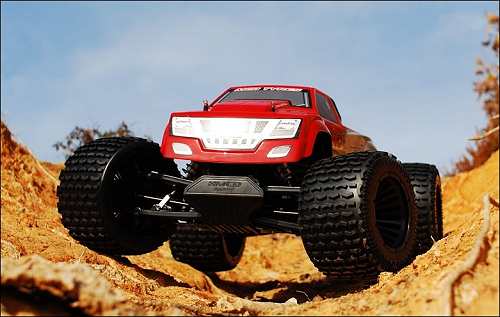
★ MCD Monster V4 Chassis ★
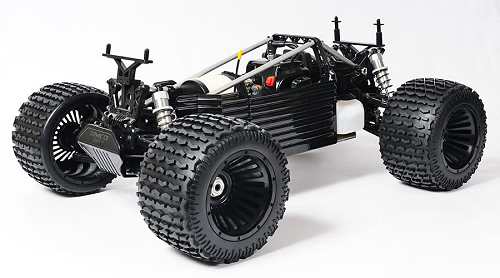
★ MCD Monster V4 Chassis ★
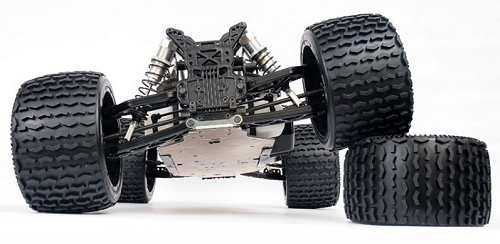
★ MCD Monster V4 Chassis ★
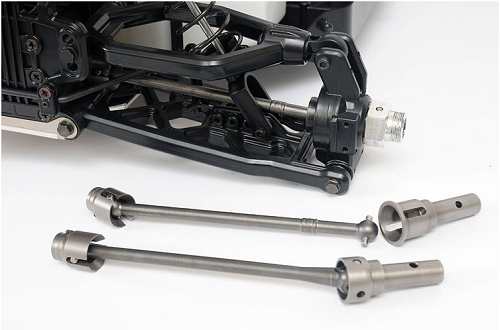
★ MCD Monster V4 Chassis ★
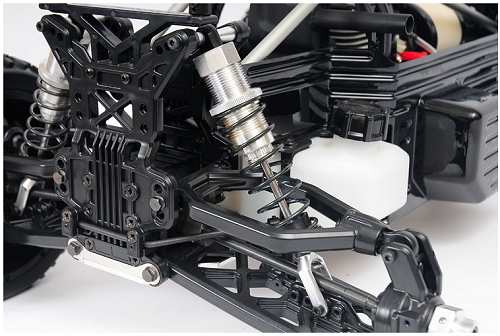
|
Buying a Used MCD V4
|
|
Manufacturers and Brands Catalogued, Listed and Reviewed by RC-Scrapyard.
At present, the RC Model Manufacturers, Brands and Distributors covered by us are: ABC Hobby, Academy, Acme Racing, Agama Racing, Amewi, Ansmann Racing, ARRMA, Team Associated, Atomic RC, Axial, AYK, Bolink, BSD Racing, Capricorn, Carisma, Carson, Caster Racing, Cen, Corally, Custom Works, Durango, Duratrax, ECX - Electrix, Exceed RC, FG Modellsport, FS-Racing, FTX, Fujimi, Gmade, GS-Racing, Harm, HBX, Helion, Heng Long, Himoto Racing, Hirobo, Hitari, Hobao, Hong-Nor, Hot Bodies, HPI, HSP, Intech, Integy, Jamara, JQ Products, Kawada, Kyosho, Losi, LRP, Maisto, Mardave, Marui, Maverick, MCD Racing, Megatech, Mugen, New Bright, Nichimo, Nikko, Nkok, Ofna, Pro-Pulse, Protech, PTI, RC4WD, Redcat Racing, RJ-Speed, Robitronic, Schumacher, Seben, Serpent, Smartech, Sportwerks, Step-Up, Tamiya, Team-C Racing, Team Magic, Thunder Tiger, Tomy, Top Racing, Traxxas, Trinity, Tyco, Vaterra RC, Venom, VRX Racing, WLToys, X-Factory, Xmods, Xpress, Xray, XTM, Yankee RC, Yokomo, ZD Racing and Zipzaps. |
|
Hints, Tips and Information
Rubber Tires for RC Models
Rubber Tires ALWAYS should have either soft sponge or rubber inserts. They will not function as they should without them. And if you are totally serious about your racing they should be glued to the rims. How to Mount Rubber Tires onto Wheels/Rims.
Before mounting your Tires, I would recommend talking to the more experienced racers at your local club, concerning what inserts they use. Even the top level racers rely on a bit of local knowledge on tracks they have never raced before. |
|
Hints, Tips and Information
Ackerman
So - What is Ackerman? |
|
RC Models:
|
Radio & Motors: |
Other
Accessories: |